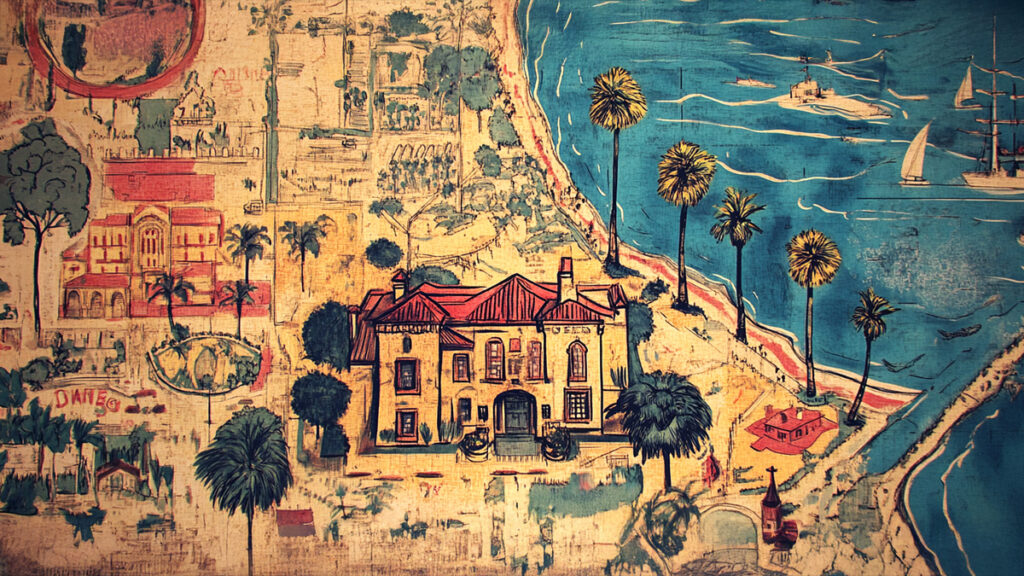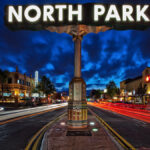Which San Diego Neighborhoods Give You the Best Long-Term Property Value for 30+ Years?

San Diego isn’t just about sunshine and surf—it’s about staying power. If you’re looking to buy property now with plans to hold it for the next 30 years or more, the stakes are different. You’re not flipping, and you’re not chasing short-term spikes. You’re playing the long game. That means looking for neighborhoods that offer both value today and real promise over time. Not just pretty views, but real, grounded reasons to believe your investment will appreciate in a steady, meaningful way.
For those of us living in La Jolla—or anywhere with a front-row seat to the ups and downs of the housing market—it’s tempting to assume that beachfront zip codes are always the smartest bet. But the real opportunities? They’re often hiding in plain sight, a few blocks inland or a few exits down the freeway. Here’s where to keep your eye if you’re buying property now and planning to hang onto it until your grandkids are adults.
Serra Mesa
Serra Mesa rarely makes headlines, and that’s exactly what makes it appealing. It’s that middle sibling of San Diego neighborhoods—unflashy, consistent, and quietly growing. The location hits just right: nestled between the chaos of Mission Valley and the calm of Tierrasanta. You’re close enough to all the city’s commercial corridors, but just far enough to feel like you’re in a true neighborhood.
What makes Serra Mesa particularly smart for a 30-year hold is its access. The roads don’t bottleneck. Commutes stay reasonable, and as the job centers continue to expand in Kearny Mesa and the newer biotech corridors, this neighborhood will stay well positioned without becoming overdeveloped. Most homes are still single-family, post-war builds with decent yards. There’s a solid rental market too, driven by hospital staff, graduate students, and government workers who don’t want downtown rent but still want to be close.
In 30 years, you won’t recognize it—and that’s a good thing. Its growth isn’t about flash. It’s about function. And that’s the kind of change that sticks.
Lemon Grove
Lemon Grove has always been that “almost there” neighborhood—just a little too quiet, a little too far east, and a little too off the radar. But people have been saying that for a long time now, and while they were waiting for it to bloom, something happened: it started blooming anyway. Prices have stayed within reach, the streets have settled into their own rhythm, and the community has begun to feel more like a destination than a pass-through. It’s not trying to become the next North Park, and honestly, that’s part of the charm.
The most noticeable shift? Who’s moving in. More and more first-time buyers are turning away from cramped condos in overhyped areas and instead heading east, drawn by actual yards, fences, and the kind of space that lets you plant a lemon tree and watch it grow. That’s where the long-term play starts to make sense—when you realize people aren’t just buying homes here, they’re planting roots.
And now, investors are beginning to see it too. If you’re thinking about buying in Lemon Grove with a plan to hold for 30 years or more, this is where smart planning can really pay off. Working with a San Diego wealth management firm might be worth considering—not just to help you identify how a property like this fits into a broader portfolio, but to make sure you’re holding it in a way that works for you down the line. Rental income, tax strategy, estate planning—it all matters when you’re in it for the long game. Lemon Grove may not be flashy, but it’s gaining ground fast, and those who recognize the potential early are likely to see it grow into something seriously valuable.
Bay Ho
Right between Pacific Beach and Clairemont sits Bay Ho, a neighborhood that has all the bones of a high-end coastal community, but without the fuss—or the price tag. It’s been described as one of the best-kept secrets in San Diego real estate, which is ironic considering the views from some of its ridgelines could rival La Jolla’s.
Bay Ho’s magic is in its topography. You’re close to the water, high enough for breezes and sightlines, but far enough inland to avoid the dense zoning that makes other beach towns feel crowded. The trolley extension has brought in more attention and accessibility, and the nearby development buzz is already starting to heat up.
If you’re someone looking for long-term growth, this is the kind of neighborhood that matures beautifully. You’re not betting on hype—you’re betting on geography, stability, and infrastructure. A lot of people who move to Bay Ho stay there. That says something. It’s also quietly rising up the lists of best places to live in Southern California, and in 30 years, those rankings might not be so quiet.
City Heights
City Heights has had a long, complicated history, and for decades it was ignored by investors. That’s changed. The neighborhood has become one of the city’s most culturally diverse areas, and while there’s still plenty of work to be done, the energy here feels different now.
There’s a scrappy, resilient spirit in City Heights that’s hard to replicate. Small businesses thrive, schools are improving, and community groups are actively shaping the future of the neighborhood rather than waiting for outside developers to do it for them. If you’re thinking in terms of decades, City Heights is a bet on people power.
Home prices are still lower than nearby neighborhoods, but the pressure is on. As San Diego’s core becomes denser, the neighborhoods with flat land and smaller lots—like City Heights—become more attractive for thoughtful growth. This isn’t about gentrification alone; it’s about slow, sustained evolution driven by residents who want better and are willing to build it.
El Cerrito
El Cerrito sits just south of Kensington, but most people don’t know where one ends and the other begins. That’s what makes it such a fascinating place to watch. It shares the same old-school charm and Spanish-style homes, but the price tags are way friendlier. For now.
It’s not a huge area, and that’s part of its appeal. Walk the neighborhood and you’ll notice something: mature trees, real front yards, and a certain kind of pride of ownership that signals long-term value. The residents here aren’t just passing through—they’ve been here, and they’re staying.
There’s also an emerging younger demographic, many of them artists, educators, and entrepreneurs who want a solid home base without paying the inflated prices of North Park or South Park. That combination of old and new, quiet and creative, gives El Cerrito a kind of staying power that plays very well for a multi-decade investment plan.
Why Holding for 30+ Years Means Thinking Differently
When you buy a property with the long haul in mind, the conversation shifts. It’s no longer about what’s hot. It’s about what’s durable. You want neighborhoods that are built on more than market trends—places with strong bones, access to jobs, community resilience, and some breathing room left for the future.
The real estate game isn’t always about the big splash. Sometimes the best return comes from neighborhoods that simply stay steady, grow slowly, and welcome the future without losing their character. For San Diegans looking to invest today and benefit decades from now, that’s where the smart money’s heading.
The copyright of the top image in this article belongs to LaJolla.com.




